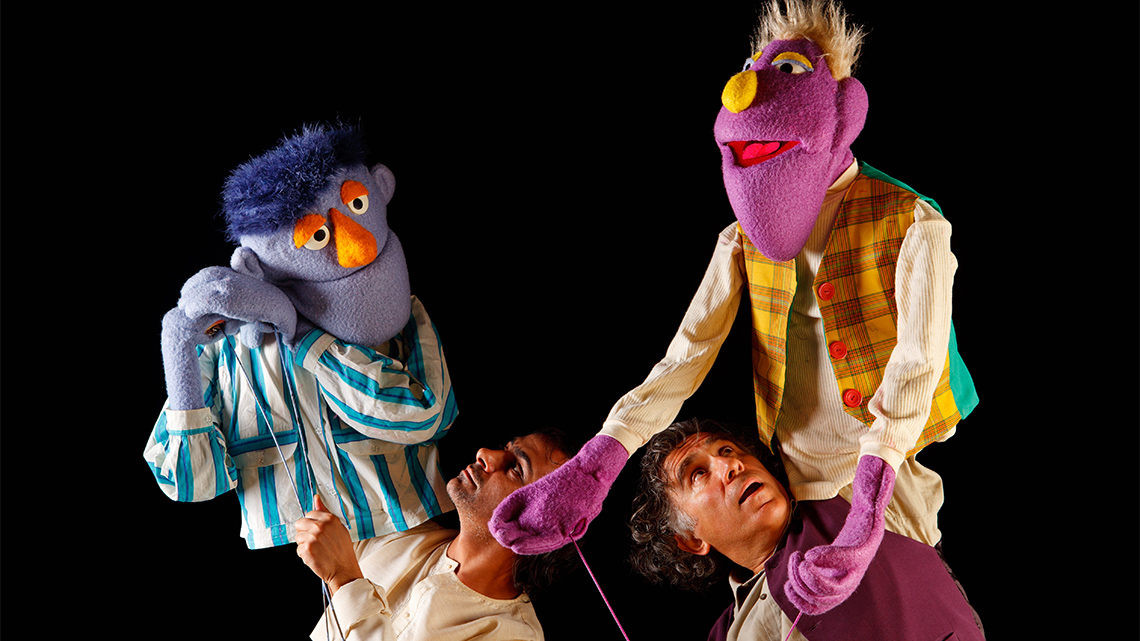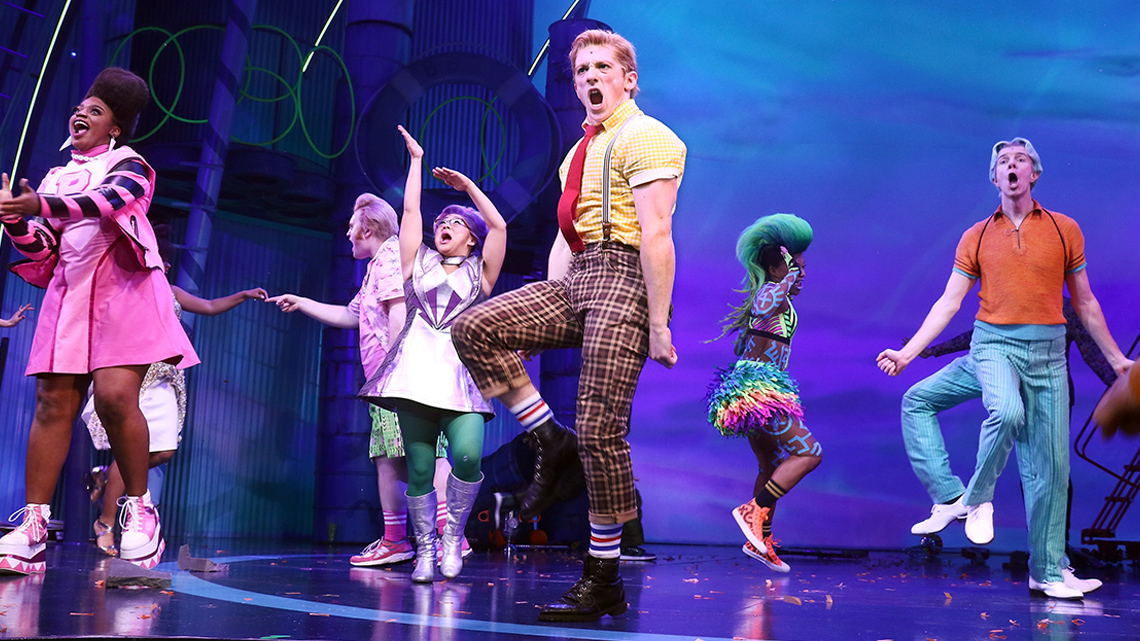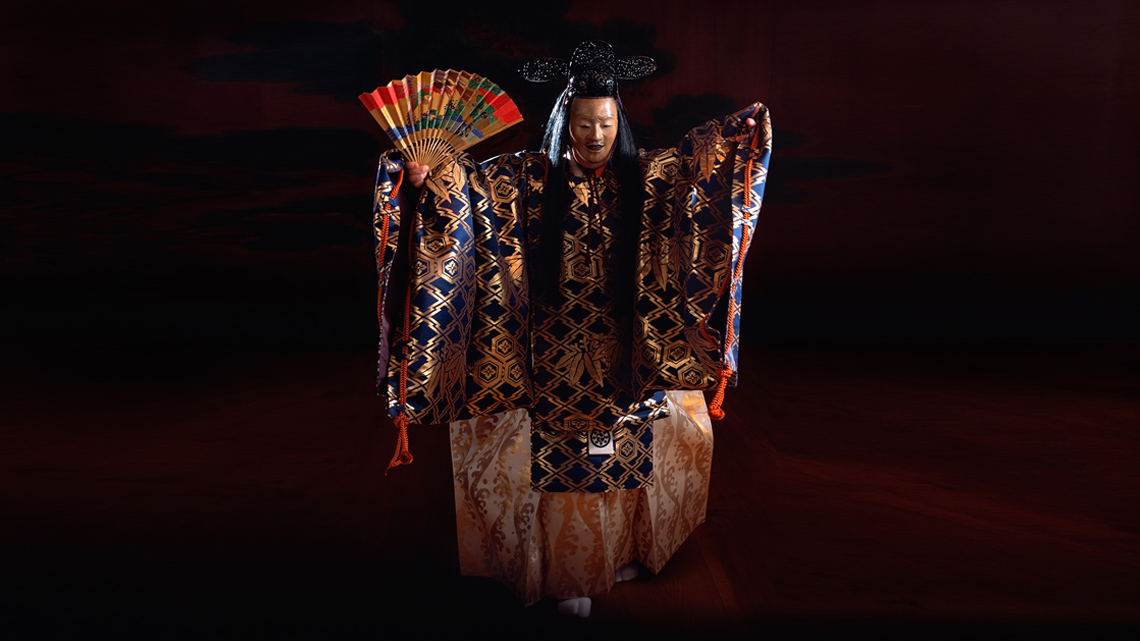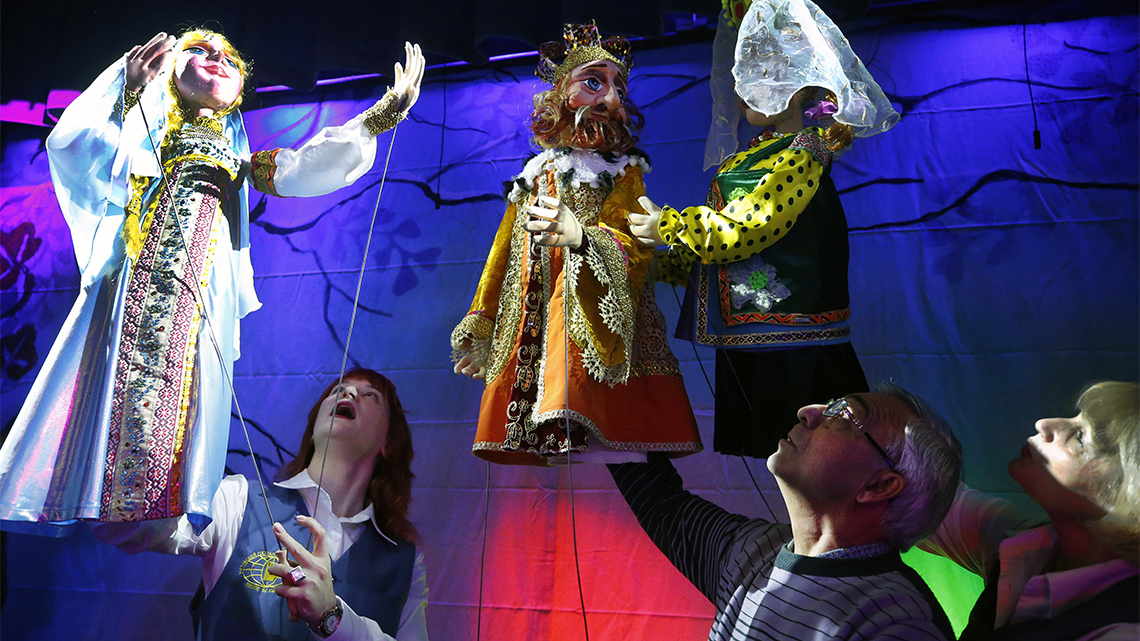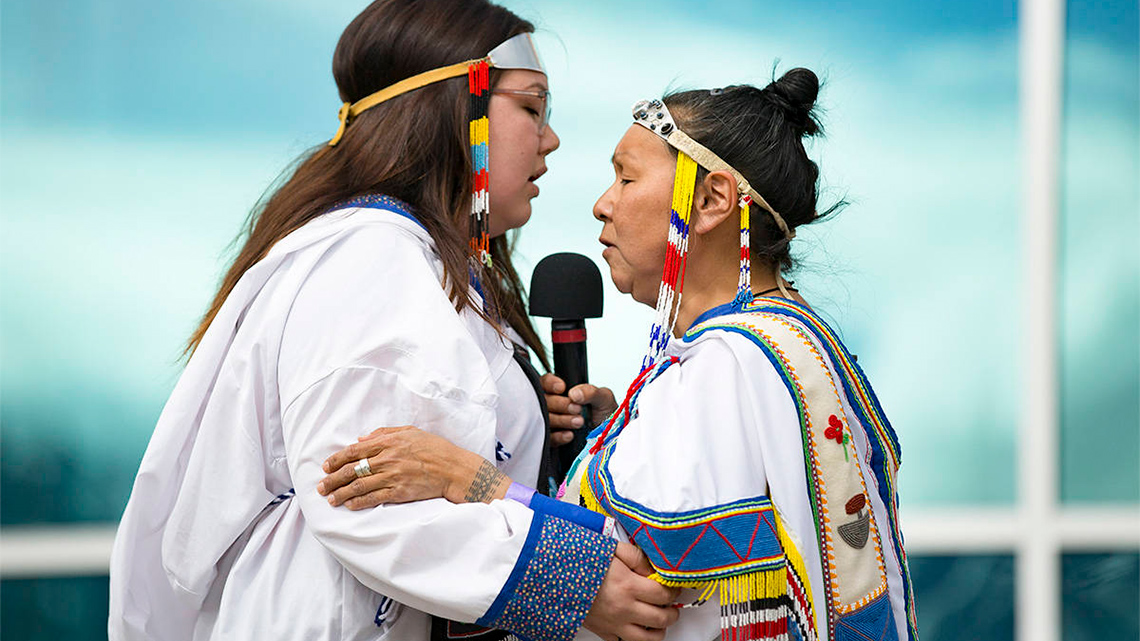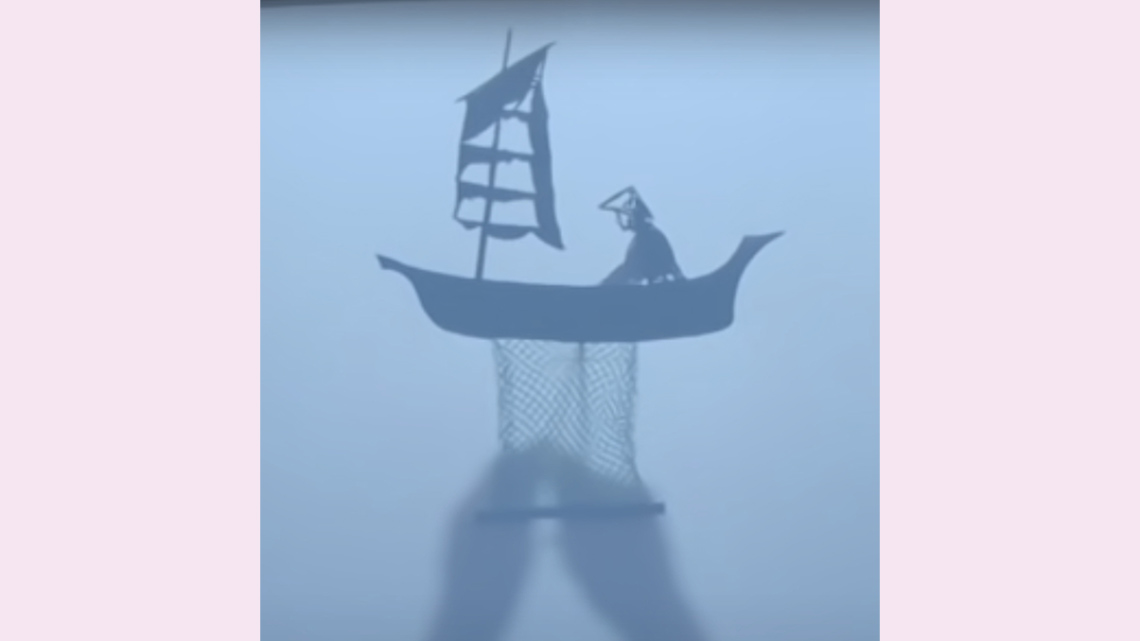Minds On
Warm up
Before you begin, don't forget to do your safety check!
Warm Up
Breathing exercise

Find a comfortable position. Focus your attention on one part of the body at a time.
How does that part of your body feel? If possible, take a deep breath and allow your lungs to expand.
Focus your attention on one part of your body. Allow that part to relax before moving on to the next. As you scan through your body, keep breathing deeply. Once you have completed the scan, take a moment to stretch.
If you wish, you can access this recording entitled “Deep Breathing” to complete your breathing activity.
Deep Breathing
Drama game
In this activity, we are going to explore the five senses. If possible, choose one of the prompts for three of the senses from the following table.
Imagine how your body would react for each you have chosen.
| Touch | Taste | Hear | See | Smell |
|---|---|---|---|---|
|
|
|
|
|
Let's get started
Explore the carousel of images.
What do you notice? What do you wonder?
Pause and Reflect
Process drama
Reflect on your experience using the questions below to guide you. Consider adding your ideas to your drama portfolio, and share your thoughts with a partner, if possible.
- Why do you think drama is important to people?
- What does drama mean to you?
Action
Get ready, get set…
There are different forms of drama. For example, there is process drama, formal theatre, and storytelling.
Process drama

Process drama is a type of theatre that is unplanned. Types of process drama include role play. There is no set story when you are roleplaying the actor gets to decide what happens.
Process drama/roleplay has:
- no script
- no crew, because there is no need for lighting or costume designers
- less planning, as props are used without thinking ahead of time about how they will be used
- no set story, only a prompt or a beginning of a story
An example of process drama is when you are given a prompt or scenario that you have to act out. With process drama, you aren't given much time to review that scenario. Instead, it's about being in the moment and making decisions as you act.
Another important part of process drama is stopping what you are doing and analyzing the scenario out of role. Out of role means you aren't acting at that moment. Instead you are thinking about how to play your role. Going out of role is a good way to stop and decide what you think is going to happen next or what your character should do.
For example, an actor has been given the following scenario:
One person is sound asleep in their bed. They wake up suddenly and look at the clock. They are late for school. They scramble to get ready and…
They might act this out and then when they get out of role decide what might happen next. Maybe the character gets ready and manages to catch the bus in time. Maybe they have to run after the bus, and they don't catch it. It's up to the actor to decide.
Try It
Drama prompts

Explore the following process drama prompts. Choose one and, if possible, act it out. Feel free to pause halfway through and come out of role to decide how you think your character should act and what should happen next. You may also record an audio recording in role acting out one of the scenarios.
Press the following tabs to access the drama prompts and their descriptions.
What's the weather outside right now? Describe the weather. Next, imagine that all of sudden the weather changes completely. (Note: This change can be as imaginative as you like. For example, the sky opened up and starting raining candy canes).

Imagine you are able to interview someone, real or fictional. What kinds of questions would you like to ask them? Create a list and practise your interview questions.

Next, consider, how do you think they might respond to your questions?
Imagine you have the power to perform magic. You can make the impossible possible. What would you do? Express your thoughts.

Formal theatre
Formal theatre is a type of drama that is usually held in a theatre space. A play, musical, or performance would be considered formal theatre.
Formal theatre might include:
- a script
- a director who provides guidance
- actors who follow instructions from the director
- scenery and costumes
- a theatre crew (e.g., sound designer, lighting designer, costume designer, etc.)
- planned items (e.g., even things like props are planned out ahead of time)
- a set story written by a playwright and developed by the director
Director's responsibilities
A director is someone who is in charge of the creative vision of a production. Creative vision includes what the production with be and how it will be portrayed, how the actors should perform, and most importantly, what the audience should hopefully feel as they are enjoying the play. One way to think about creative vision is to imagine what the play would be like.
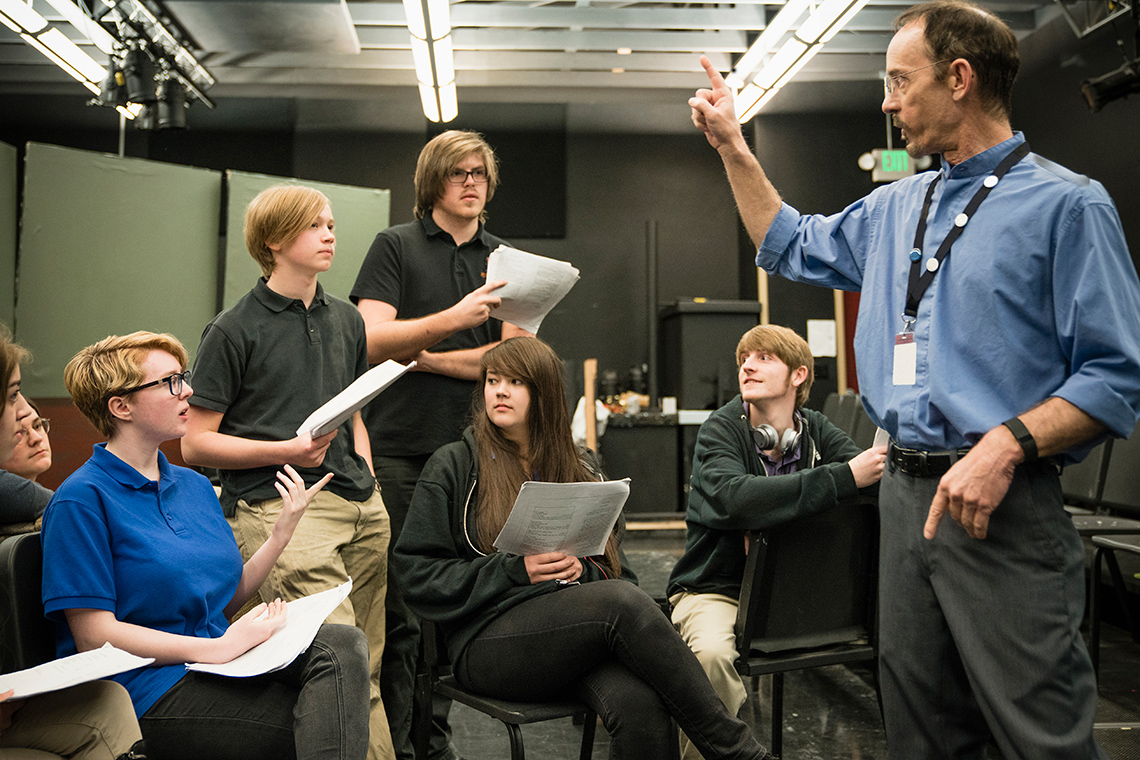
A director is in charge of making sure that everyone involved in the play (makeup artists, actors, lighting designers, costumers, and more) follow that vision. A director figures out their creative vision even before rehearsals start. They think about the best way to tell a story.
Storytelling
Drama is based in the tradition of storytelling. Communities have been engaging in storytelling for centuries. It is part of oral tradition.
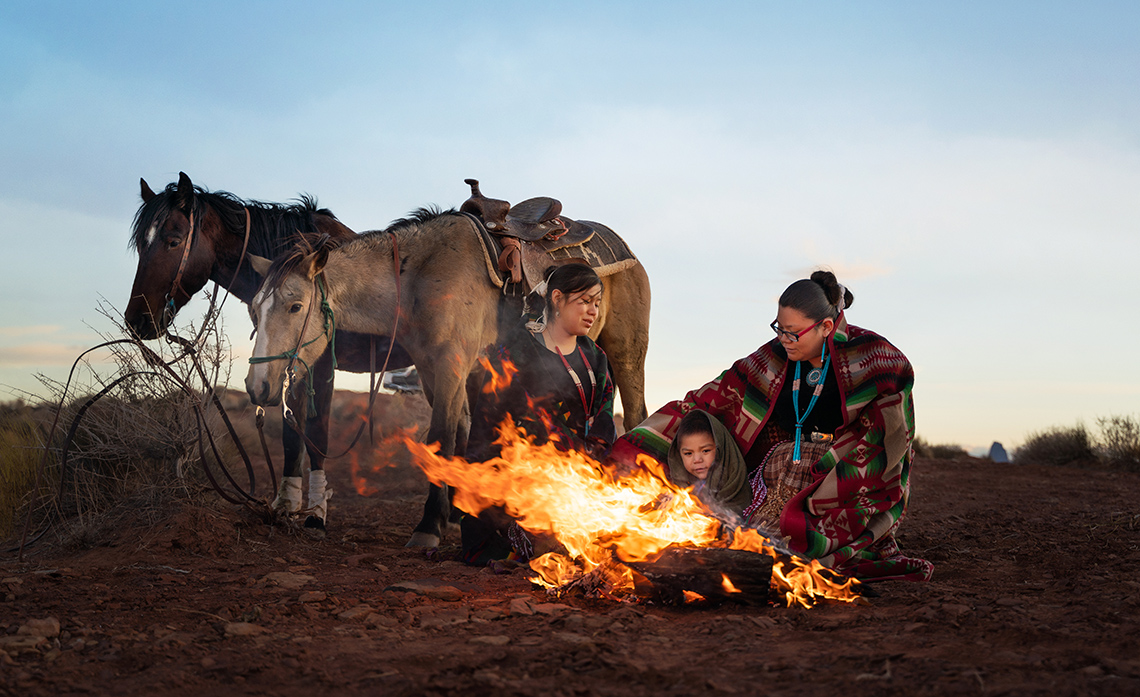
Did You Know?
Did you know?
Elders and Knowledge Keepers from Indigenous communities play an important role in preserving and passing on their histories, traditions, teachings, and knowledge from one generation to the next. Each nation has its own story about how the world and its people, clans, governance, traditions, and more were created. These are not “myths” or “legends,” rather they are called creation stories. Some stories are only told to particular people or in particular settings. Furthermore, some stories are protected and are only told within the community.
What kind of drama, theatre, or storytelling tradition are you familiar with?
Record your thoughts digitally, orally, or in writing.
Go!
Theatre around the world
Why might drama be important to different communities around the world?
Drama is one of the ways that people can express and teach people from other places about their histories, their beliefs, and ideas, as well as their everyday lives. World theatre helps us learn about cultures and communities.
Specific places and cultures in the world have diverse traditions and ways to express themselves and their rich cultural history. These types of drama might include features of process drama, formal theatre, and/or storytelling. The tradition might include props, music, costumes, and sets.
Let's explore some theatre traditions in the following carousel.
What do you notice about each theatre tradition?
Record your ideas digitally, in writing, or as an audio clip.
Consolidation
Putting it all together
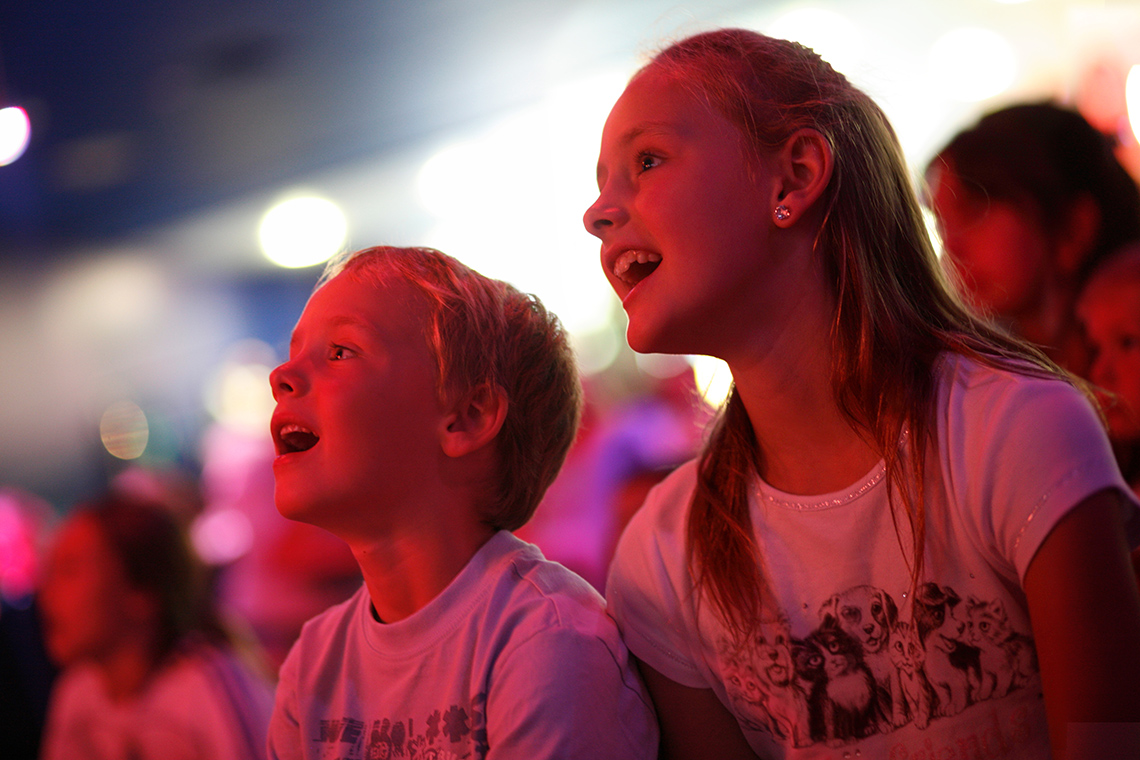
Now that you have been introduced to different theatre traditions, it's time experience them. Explore the following video clips of Japanese Noh theatre, Russian puppet theatre, Inuit throat singing, and Chinese shadow puppetry.
Press the following tabs to access the videos.
Access this video entitled “Kashu-Juku Noh Theatre” to learn more about Japanese Noh theatre.
Access this video entitled “Ishara International Puppet Festival” to learn more about Russian puppet theatre.
Access this video entitled “Inuit throat-singing sisters from Canada” to learn more about Inuit throat singing.
Access this video entitled “The Legend of Urashima Taro” to learn more about Chinese shadow puppetry.
As you explore, consider:
- What kind of features do each of these theatre traditions share (e.g., music, sound effects, costumes, props, make up, backdrops, etc.)?
- Do the performers use particular movements, facial expressions, and/or vocal effects?
- What is unique about each type of theatre tradition?
- Do you connect to any of these types of theatre? If so, explain your thoughts.
Complete the Theatre Traditions Organizer in your notebook or using the following fillable and printable document to create notes and record your ideas. If you would like, you can use speech-to-text or audio recording tools to record your thoughts. Consider adding your work to your drama portfolio.
|
Type of Theatre Tradition |
Notes |
|
Japanese Noh Theatre |
|
|
Russian Puppet Theatre |
|
|
Inuit Throat Singing |
|
|
Chinese Shadow Puppetry |
|
|
What kind of features do each of these theatre traditions share (e.g., music, sound effects, costumes, props, make up etc, backdrops)? |
|
|
Do the performers use particular movements, facial expressions and/or vocal effects? |
|
|
What is unique about each type of theatre tradition? |
|
|
Do you connect to any of these types of theatre? If so, explain your thoughts. |
|
Press the ‘Activity’ button to access Theatre Traditions Organizer.
Pause and Reflect
Pause and refelct
Reflect on the following questions and record your ideas using a method of your choice.
- Why might each theatre tradition be important to its community?
- What did you learn about each community through exploring their unique theatre tradition?
Reflection
As you read through these descriptions, which sentence best describes how you are feeling about your understanding of this learning activity? Press the button that is beside this sentence.
I feel…
Now, record your ideas using a voice recorder, speech-to-text, or writing tool.





